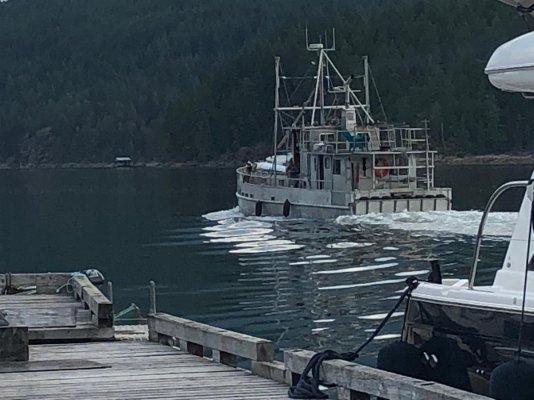I think I may be doing something wrong and would like any suggestions.
I have notice this past year that when I am traveling up or down Colvos Passage (1-1.4nm wide channel running North and South in Puget Sound) that often I end up on an exact reciprocal course with other boats. That isn’t unusual given the nature of Colvos Passage. However, I make it a habit when writhing about a 1/2 nm to alter my course to Port or Starboard 15 degrees to give the other boat more room. I pick the direction that appears to increase any offset between our boats rather than crossing the others bow.
It is amazing to me how often the other boater will not only fail to also alter course to give us more room, but will actually turn towards me to very slightly improve improve their angle to the next point on their course. The worse offenders are those cursing at 15+ knots and throwing huge wakes. The large wakes are the reason I want to give us more room.
For example, it just happened a few minutes ago. I was on a reciprocal heading with a 32’ GB heading South. It appeared they were just slightly to the East of my course (although it sure appeared we were on exactly reciprocating tracks), so I altered my course to the West to give us more room. I swear he altered his course slightly to the West as well and we passed about 2 boat lengths apart. Not a big deal in this case as the GB was going a reasonable speed and not putting out much of a wake.
So, am doing something stupid or is there another approach I might take?



